
At the bottom of the Aegean Sea and in the waters of Hamili Island, the historical remains of the paddle steamer PENTCHO, which was used to transport Jewish refugees in 1940, were discovered and identified.
It was the 1930s when the rise of fascism and Nazism in Europe prompted hundreds of thousands of Jews to leave their homes in countries where anti-Semitism was rampant for a country where they would not be in danger. Many of them undertook the daring journey to British-occupied Palestine, where thousands of Jews were slowly gathering.
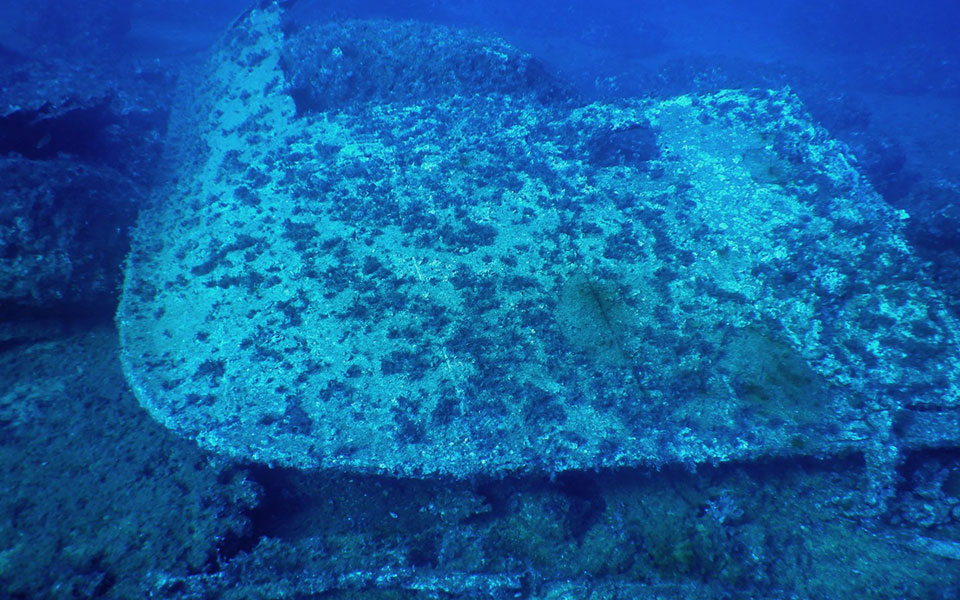
Sea transport of Jews to Palestine without the necessary British permission began in 1934 and became known as Aliyah Bet or Haapala. From the end of 1938, the British government, due to the reaction of the Arab element, announced that it would reduce the allowable limit for the placement of Jewish settlers in Palestine. Then secret – illegal – organizations were created with the aim of continuing the transportation of Jewish refugees to Palestine, mainly by sea. For this purpose, in the period 1933-1944, about eighty-six voyages were made, for several of which ships belonging to the Greeks were used, which managed to transport about thirty-four thousand refugees to their destination.
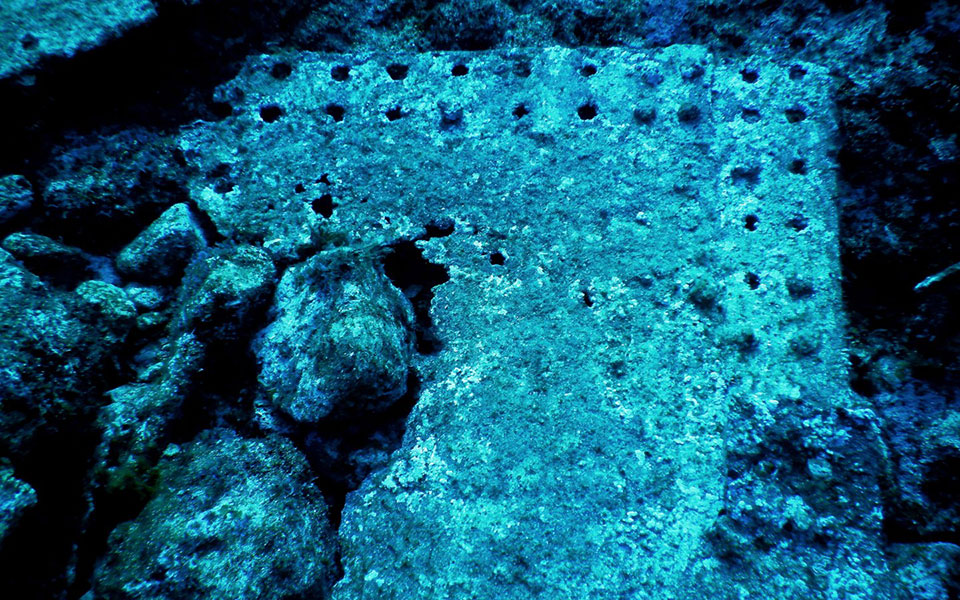
Paddle steamer PENTCHO in the Aegean Sea
The danger for the shipowners was great, because their ships, when discovered by the British authorities, were seized and the crew imprisoned. Thus, the availability of boats to continue this illegal migration was limited, and surplus boats were usually used. Among these often unseaworthy vessels was the paddle steamer PENTCHO. The 33-year-old schooner PENTCHO sailed the rough waters of the Aegean for the first and last time in 1940. On board the paddle steamer PENTCHO there were 514 passengers – among them 142 women and 9 children – from Bohemia, Moravia. , Slovakia, Poland and Austria. The captain of the ship was Russian Igor Markeevich.
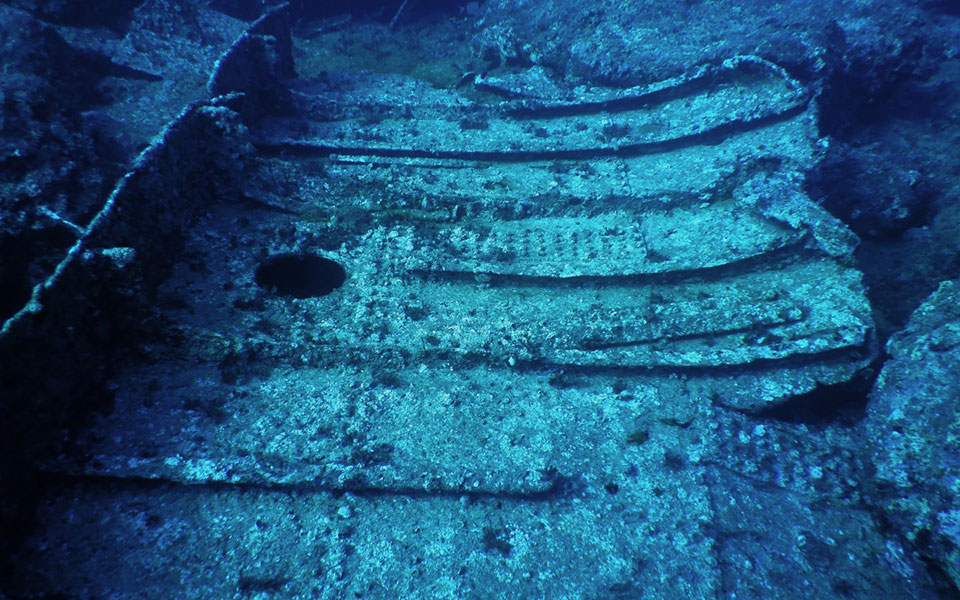
Most of them were members of the Betar organization, which helped many thousands of Jews move to Palestine in the 1930s. Betar’s goal was to instill in young Jews the vision of establishing a Jewish state in Palestine and to give them military training. Among them was Imi Lichtenfeld, who later developed the martial art of Krav Maga.
episodic travel
PENTCHO sailed from Sulina, Romania on 21 September 1940 and opened in the Black Sea. There he also encountered a storm, but managed to reach Constantinople. After leaving the Dardanelles in the Aegean, the ship moved south until it was spotted by a Greek warship. Since PENTCHO was sailing without a flag, the Greek ship fired warning shots, causing him to stop and then ordered him to follow him to Mytilene. After being supplied with food, the boat continued its course and sailed for Piraeus on September 30, 1940.
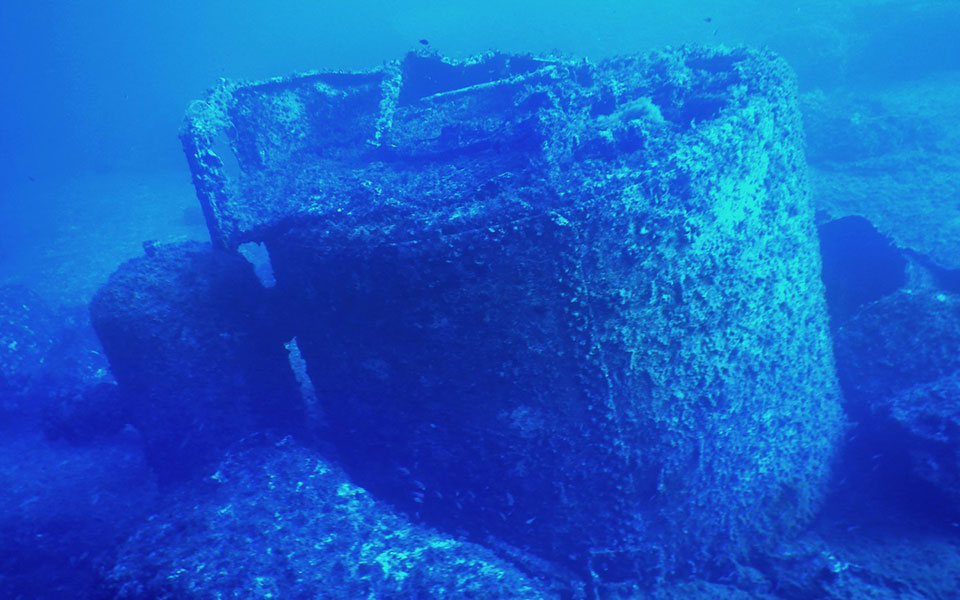
The Greek Jewish community rushed to the rescue of the refugees, providing the opportunity to supply the boat with water and coal. On October 2, Jewish New Year’s Day, the community offered food to the refugees, who left the next day. PENTCHO sailed southeast to Mersina, Turkey, and from there on a coastal ferry to Palestine. The boat sailed to Astypalea, where food was offered to the refugees, and then sailed south to pass through the strait of Kasos Crete. However, PENTCHO experienced mechanical problems and eventually the boiler shut down, leaving the ship unmanageable. The crew tried in vain to start the steam engine, and the drifting ship ran aground at 19:40 on October 9, 1940 on the rocks of Hamili Island.
The grounding and subsequent friction of the vessel against the precipitous coastline caused the reefs to break and the water to flow. The passengers and crew built makeshift bridges and connected the ship to the shore, allowing safe landings. Having managed to deliver everything that could be useful to them during their stay on the island, they built makeshift shacks.
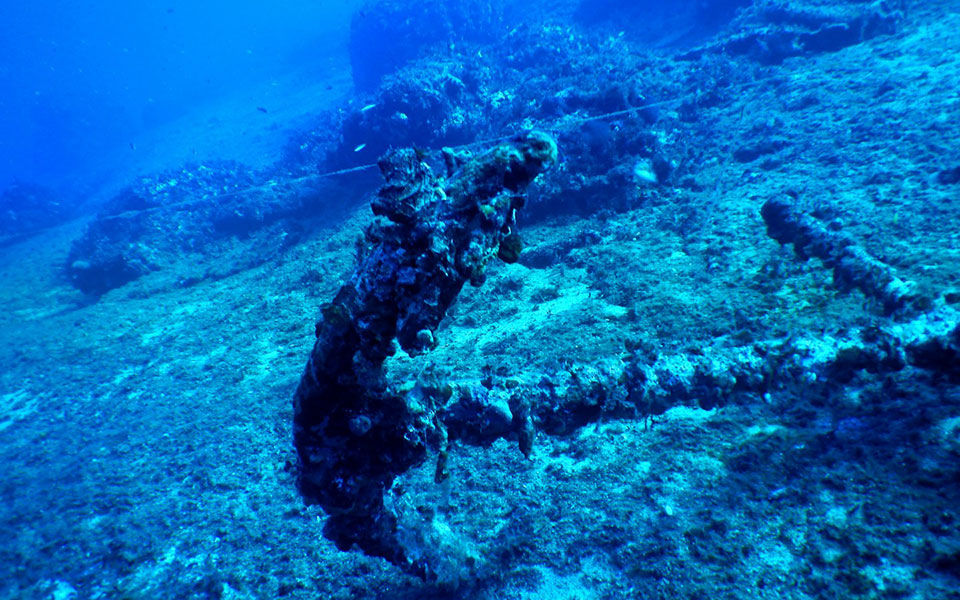
Salvation and the end of the Odyssey
In the meantime, four volunteers and one crew member boarded the only PENTCHO lifeboat and set off in search of help.
Four days later, an aircraft from the British aircraft carrier ILLUSTRIUS spotted the boat, and the destroyer NUBIAN was alerted to come to their aid. The British informed the Red Cross of the existence of wrecks on the island in order to relay information to the Italians.
The refugees who landed at Hamili managed to survive on food, clothing, utensils, fuel and everything they could carry off the steamer to stay on the inhospitable rocky island. There they made their living, receiving a daily bowl of soup from the ship’s supplies. Bad weather prevented the wreckage from being found until 14 October 1940, when an Italian aircraft pilot spotted the wreckage of PENTCHO.
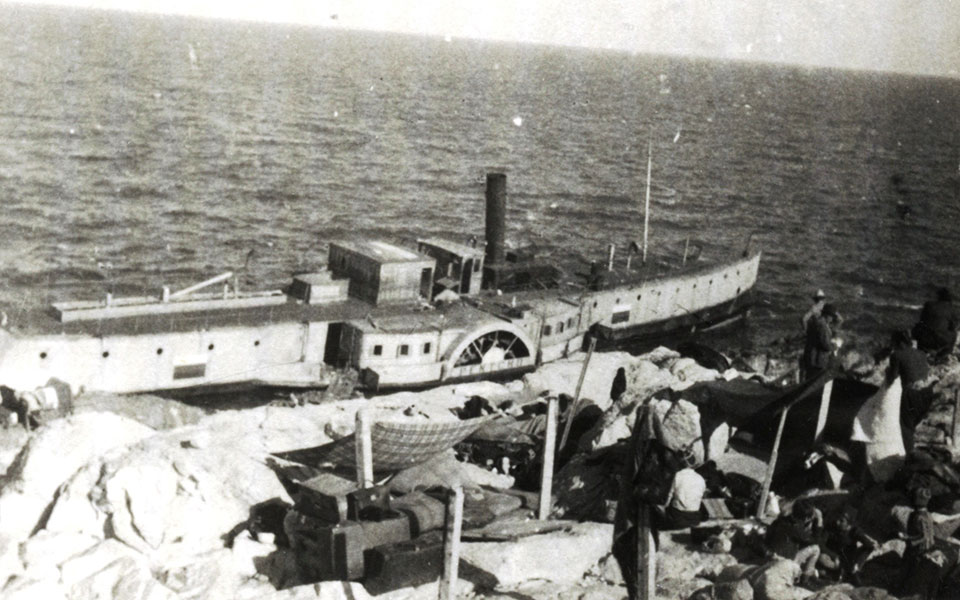
The self-organization of shipwrecks, which allowed them to be preserved on an inhospitable rocky island, was a characteristic sign of the will of Jews everywhere to go to the land of their ancestors.
After 10 days in Hamili, on October 18, 1940, the auxiliary ship CAMOGLI of the Italian Navy approached the island. At first, women, children and the sick sat in it. The next day, the men were removed, with the exception of twenty people who remained on the islet along with the baggage of the wrecked. Subsequently, members of the Greek Jewish community arrived in Hamili, who in the meantime were informed of what had happened. They gave provisions to the remaining castaways and promised that they would return after finding a way to help them continue their journey to Palestine. But things took a different turn. On October 26, 1940, an Italian ship sailed for the shipwrecked and their luggage. All of them were taken by the Italians to Rhodes, where they were kept in a temporary camp. In early 1942, most of the shipwrecked PENTCOs were taken to the Ferramonti detention camp in Italy, where they remained until their liberation by the Allies in September 1943. In June of the following year they were taken to Alexandria, and from there by train to Palestine. After all, it took them 40 months, not 40 days, to reach their cherished goal …
Research and documentation ‒ Shipwreck forgotten at the bottom of the Aegean Sea
The remains of a historic shipwreck have been discovered and identified by Greek divers. Among the forgotten wreckage, wheels stand out, as well as the bow of the ship resting on the bottom of the starboard side. The steam boiler, which was the “heart” of the ship, rises from the bottom in an upright position and in excellent condition. Two PENTCHO anchors remained forever on the rocky bottom of the Aegean Sea. Along with underwater research, Aris Bilalis and Kostas Toktaridis carried out archival and historical research to document the extremely important history of the ship.
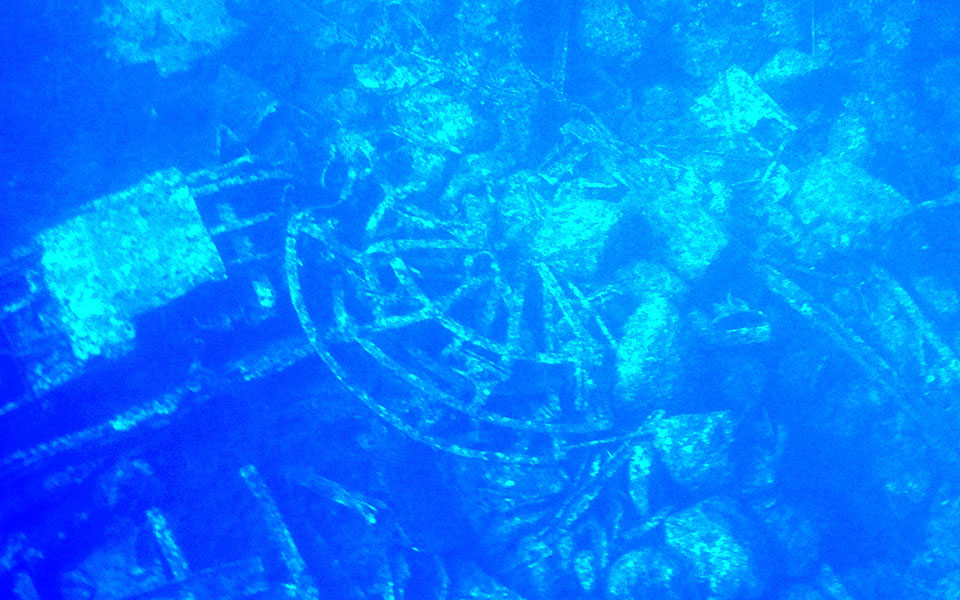
Ship PENTCHO – Identity of ship and monument
PENTCHO, built in 1907 as STEFANO, was 50 meters long and 12 meters wide. He was registered in Naples and made river cruises on the Danube. It was originally owned by R. Anatra & Ungarische Petroleum AG based in Budapest. It was bought for ten thousand dollars by a Romanian Jewish organization in early 1940. She was later refitted to be a paddle steamer capable of carrying passengers and, after being renamed PENTCHO, was shipped to Bratislava, Slovakia.
It is worth noting that in connection with the sinking of the ship PENTCHO, which marked a major turning point in the effort to transport Jewish refugees to Palestine by sea, a monument was erected in the city of Netanya, Israel.
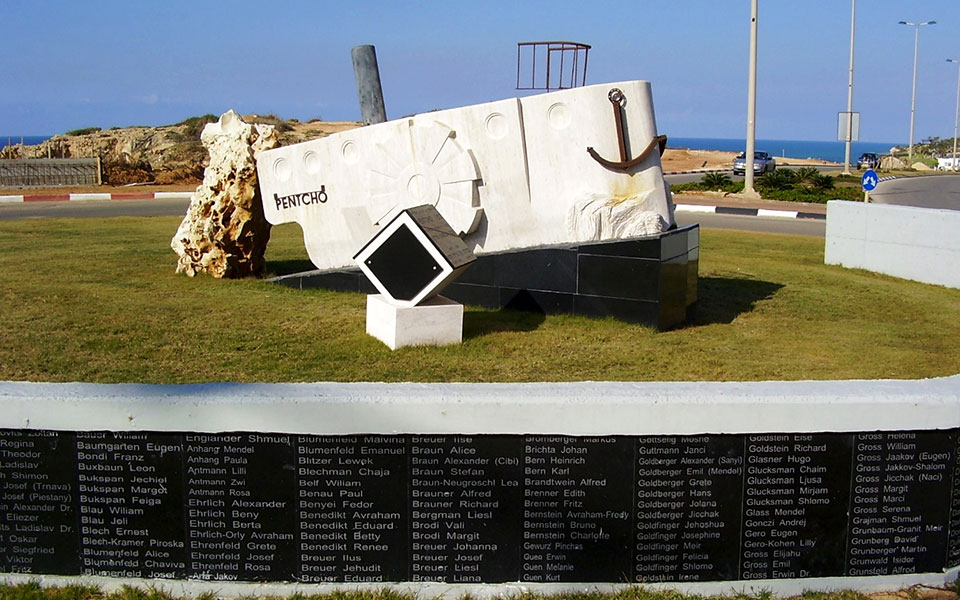
Source: RES-IPE
Source: Kathimerini
Ashley Bailey is a talented author and journalist known for her writing on trending topics. Currently working at 247 news reel, she brings readers fresh perspectives on current issues. With her well-researched and thought-provoking articles, she captures the zeitgeist and stays ahead of the latest trends. Ashley’s writing is a must-read for anyone interested in staying up-to-date with the latest developments.